Motorcycle Investor mag
Subscribe to our free email news
The Wing Nut files: Owner manuals then and now
Chasing an original owner manual for a 1975
Honda Gold Wing may seem absurd – and it is
– but we reckon it was worth the trouble and has led us
to look at owner bibles then and now
(Feb 2024, Guy 'Guido' Allen)
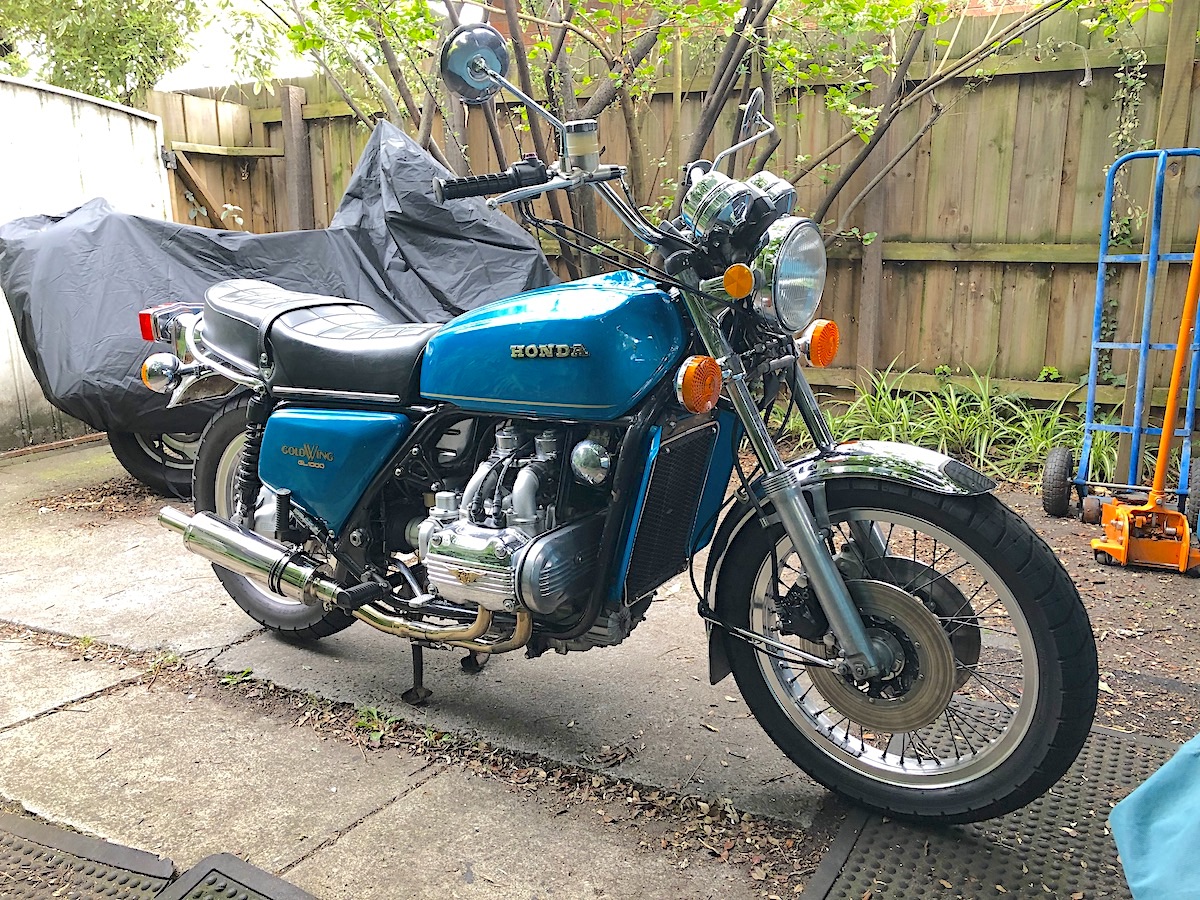
The last six months or so have
been packed with new acquisitions and projects (plus a few
sales), most of which would rate as quicker and sexier
than the 1975 American import Honda Gold Wing bought
through TT Motorcycles.
However this bike (our second old 'Wing in recent years)
has been a thoroughly engaging project.
It's a little early to unwrap the entire
story (one of several in our current backlog!) but the
recent arrival of a genuine factory owner manual from 1975
has prompted this little episurd until we get out to
photograph the bike properly and unwrap a surprisingly
convoluted yarn.
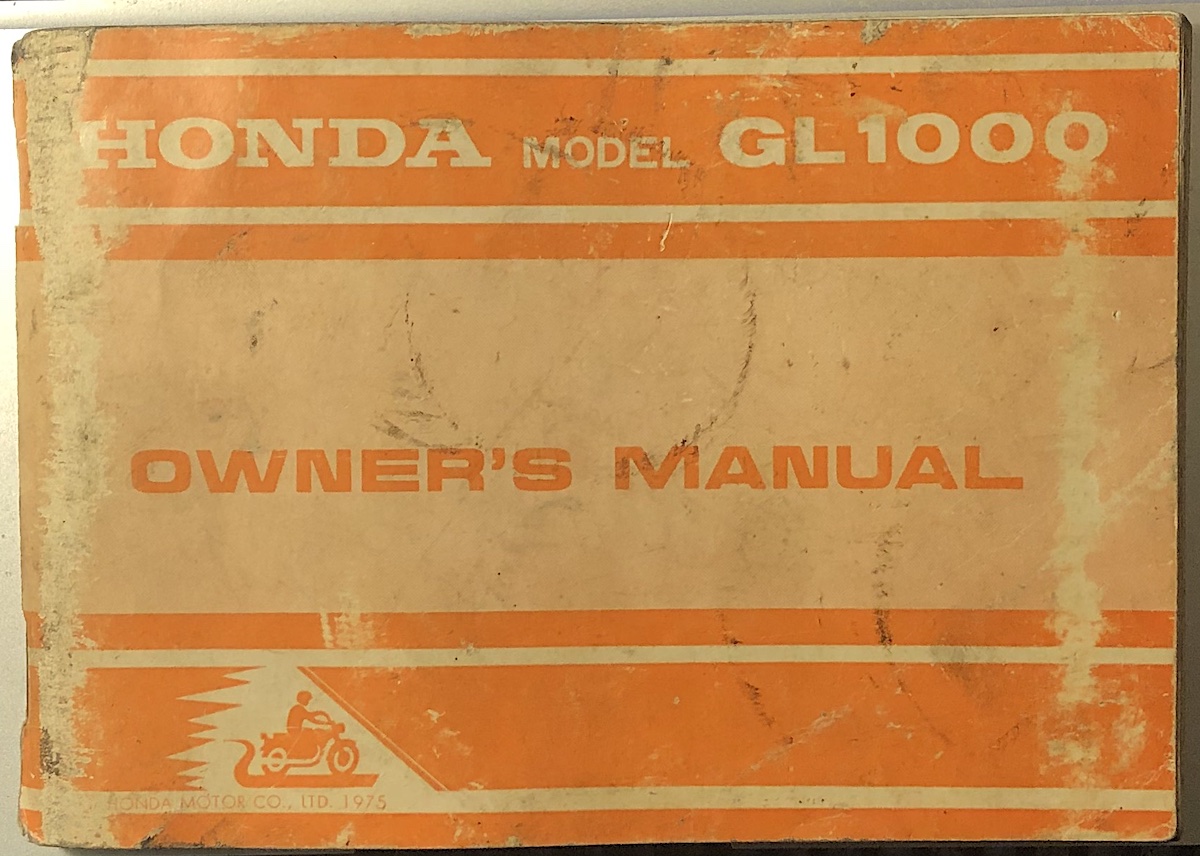
One of the relatively easy tasks for this
one was to track down an original owner manual. When I say
easy, you put the search out there and hope you pick up a
catch. Which I eventually did after several attempts, via
Ebay. However the price suggested the pages were made of
platinum bound with gold thread, rather than paper with a
couple of staples.
No matter, it was the real thing,
complete with stains, owner notes in the back and
dog-eared pages. Perfect – the motorcycle looks a little
stained and dog-eared as well.
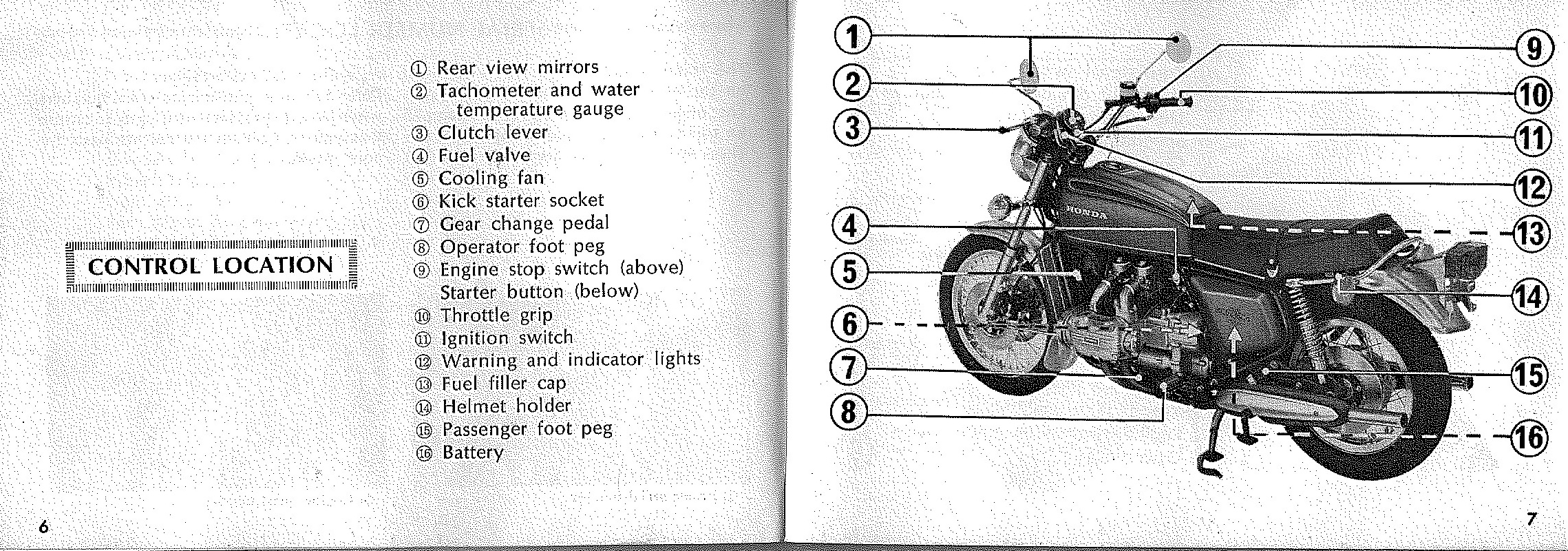
What is really striking is the content
and how focused it is on owner servicing. And no, I'm not
about to launch into a rant about how much simpler and
better things were in the seventies – that's a concept
which is very much open to debate.
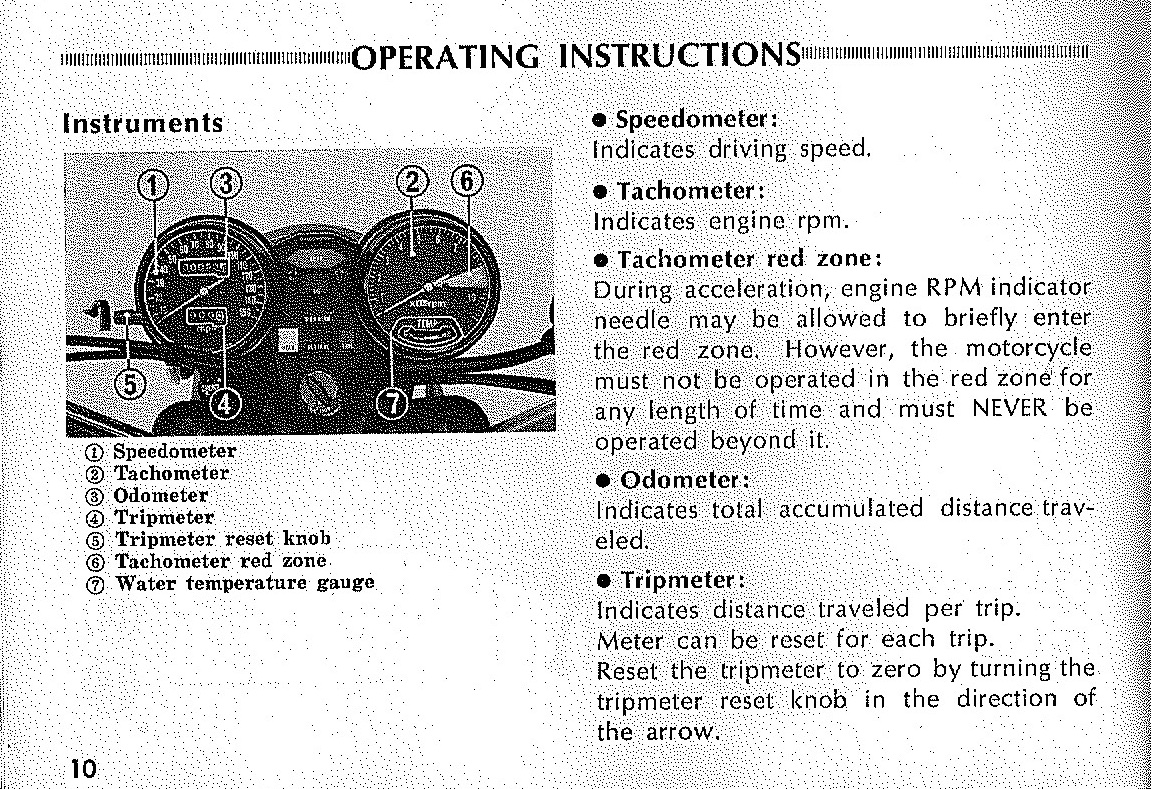
The use of language is really interesting, covering a
complete newcomer.
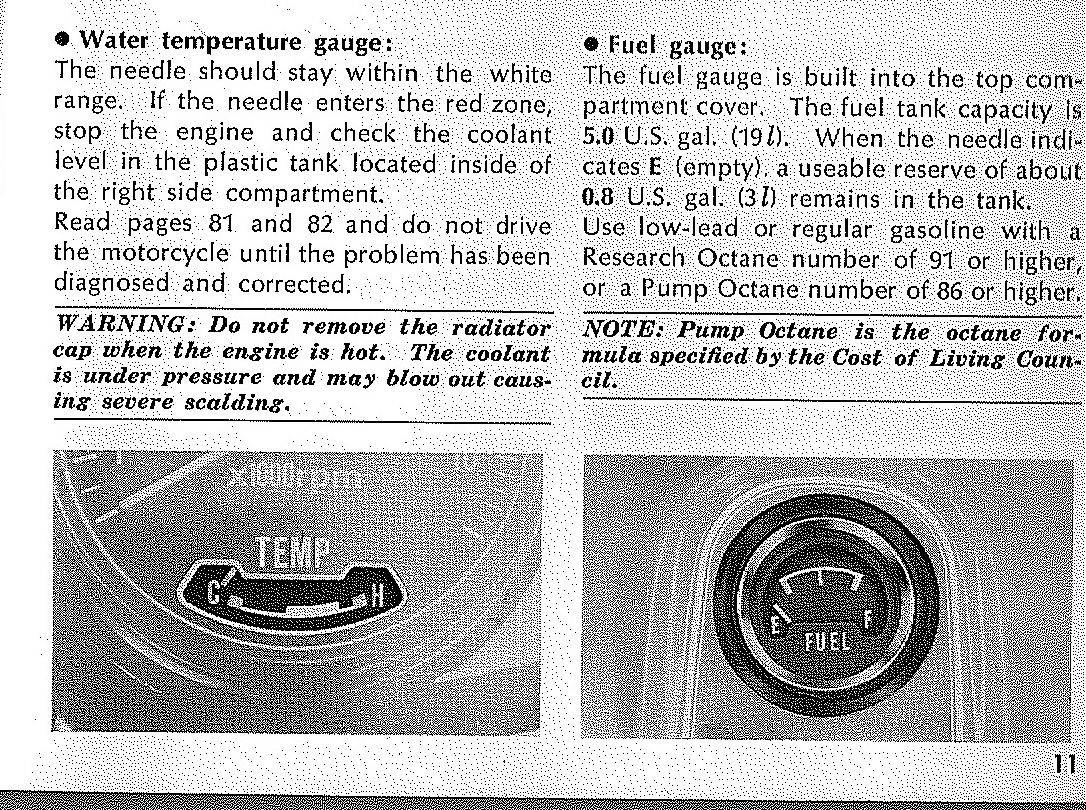
This was a sophisticated motorcycle for its time, so the
owner had to be briefed on the joys of liquid-cooling in
an era when air-cooling was very much in the majority.
Then the thought struck: why not have a quick look at how
these owner manuals have changed over time? We're not
pretending to do a thorough analysis, but had an easy
comparison on hand, namely with the 2024 Suzuki Hayabusa
25th anniversary model currently sitting in the shed,
bought through Mick
Hone Motorcycles in Vic.
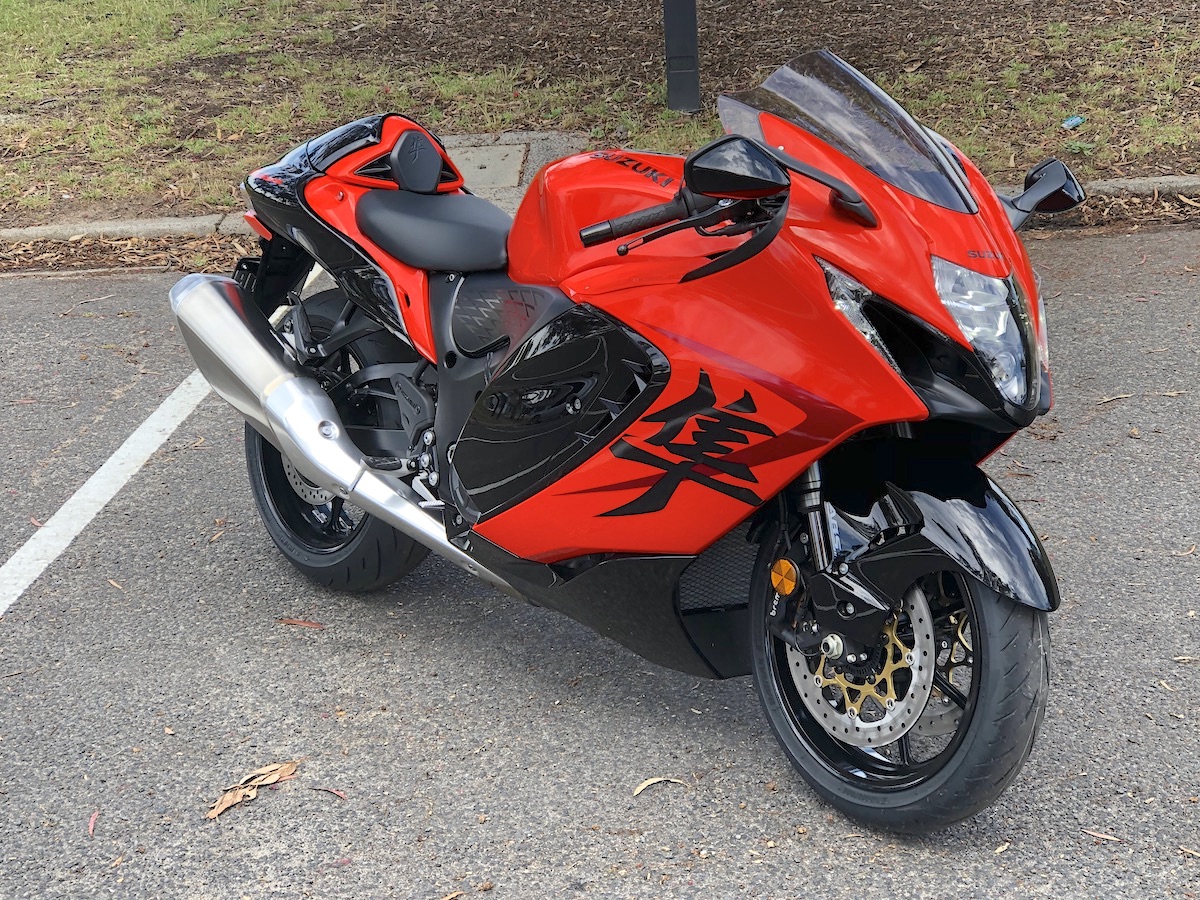
Its version was developed nearly 50 years
down the track after the Honda item.
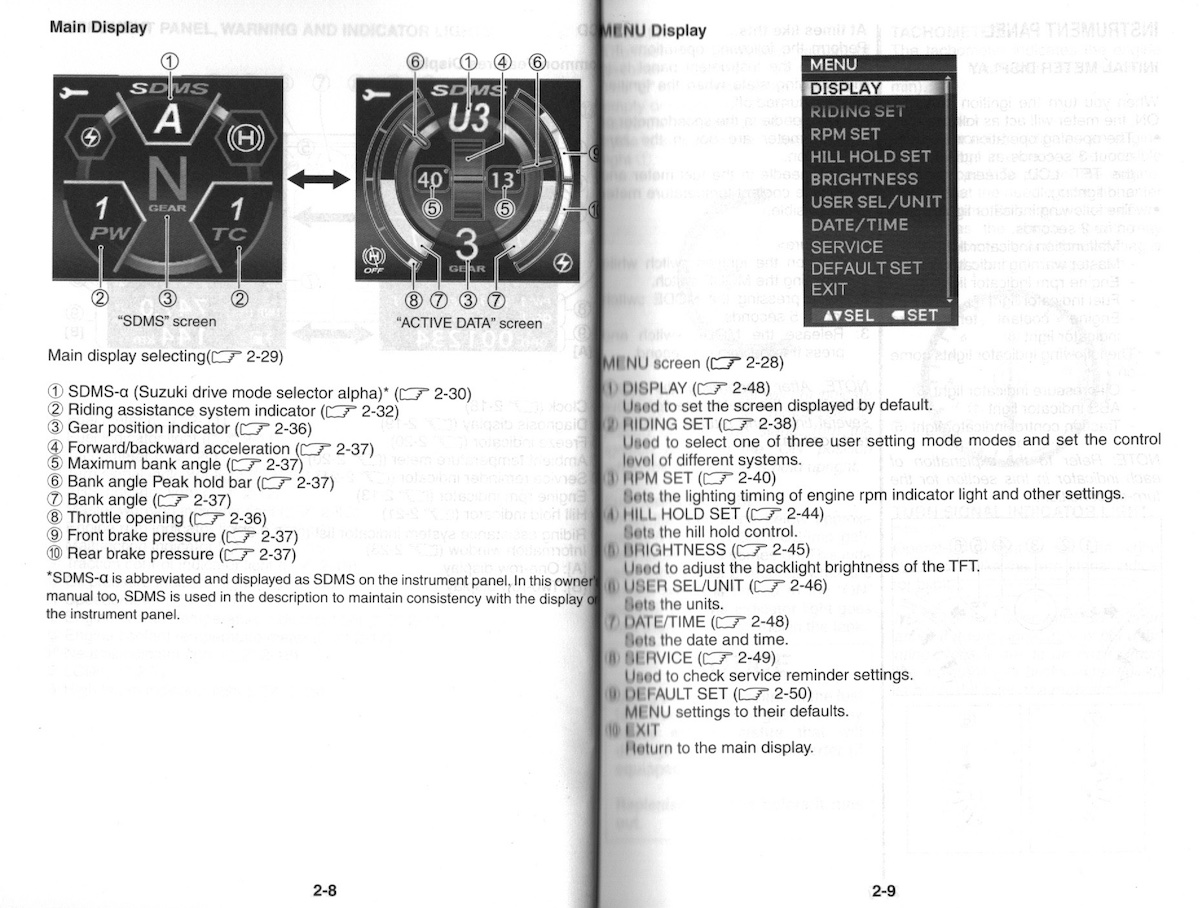
Given the Hayabusa's sophisticated
electronics (a six-way inertia measurement unit is central
to all sorts of other gizmos), much of the owner manual is
devoted to getting the most out of the rider aids and
setting them up to suit your preferences. Oh, and then
there is the task of dialing in the multi-function
displays. That is a lot of territory to cover.
(In case you were wondering, I'm in the
crowd who will set it for the default 'sport' or nearest
equivalent and then cheerfully ignore the chapters of
subtleties regarding menu displays...well, until I need
something...)

Though a sophisticated motorcycle for its time, the Gold Wing required a more basic briefing for controls and instruments and what they did.
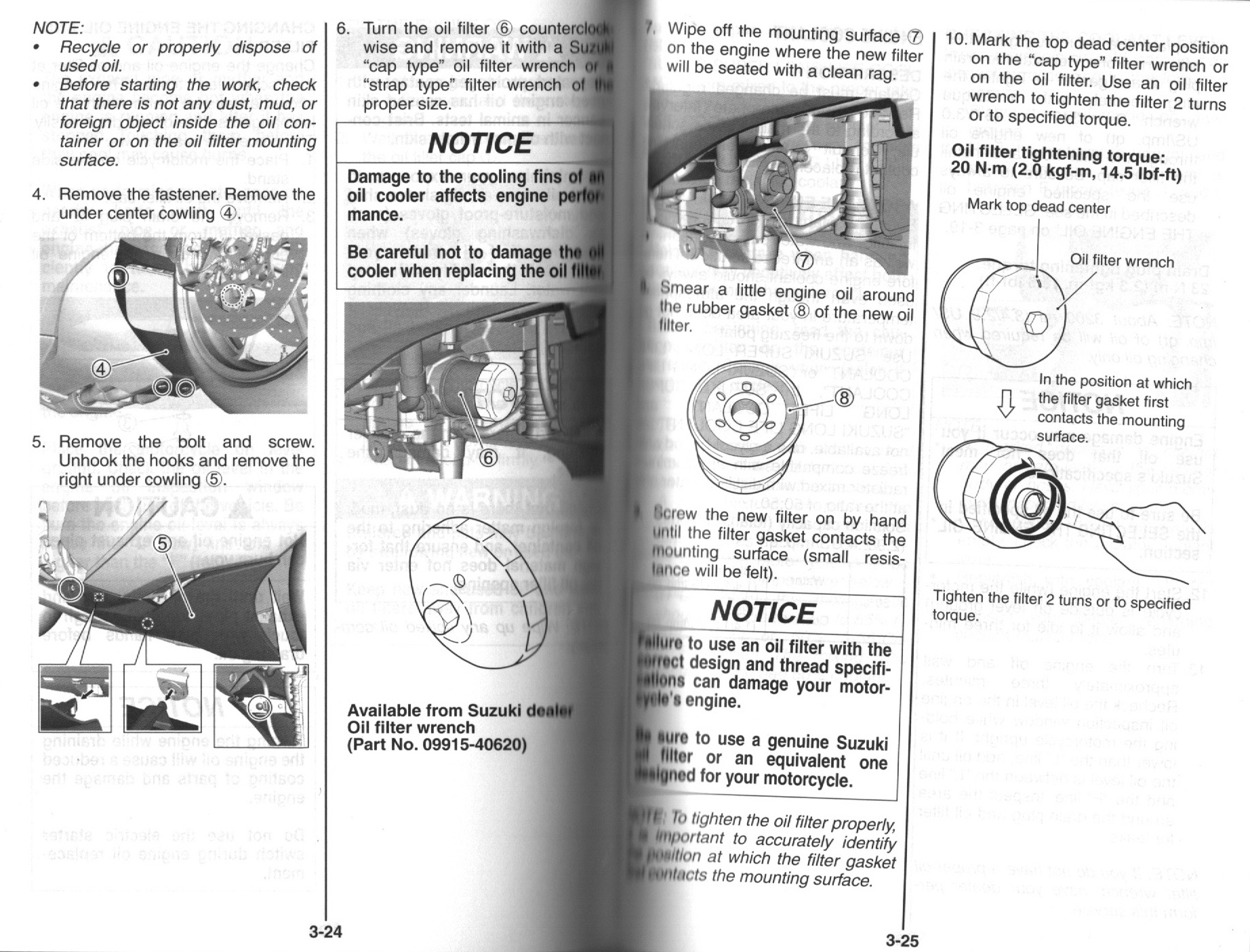
Despite the extensive digital dance shown
above, Suzuki chooses to include some hands-on basics,
such as removing the fuel tank, swapping the air filter,
plus how to change the engine oil and filter. It correctly
assumes that most people should defer to a dealer workshop
for bigger tasks such as valve lash adjustment.
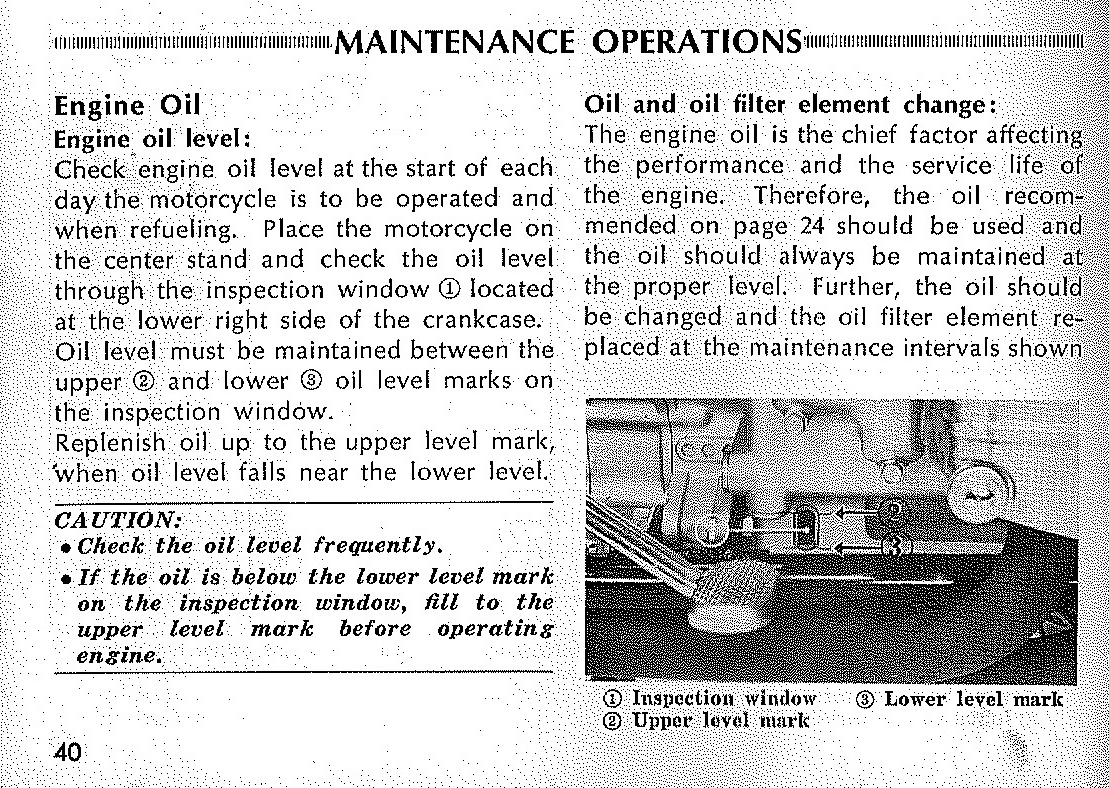
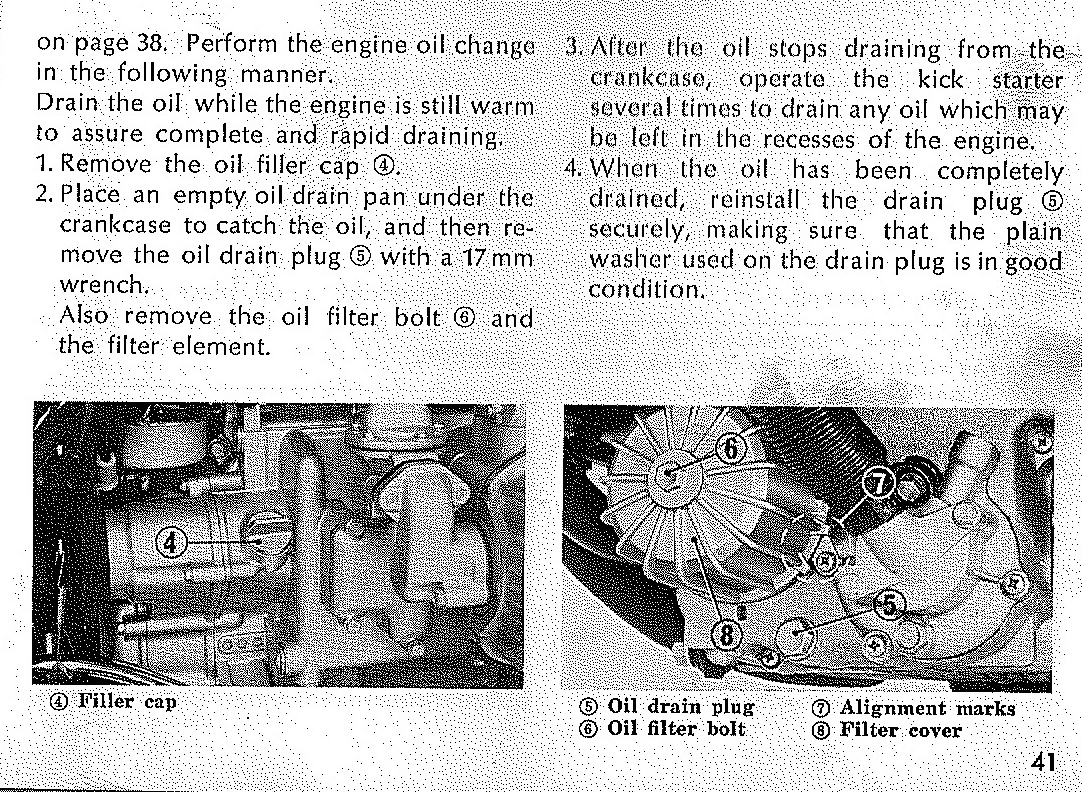
Similarly, Honda in 1975 goes through the
basics of an engine and final drive oil change for the
home mechanic.
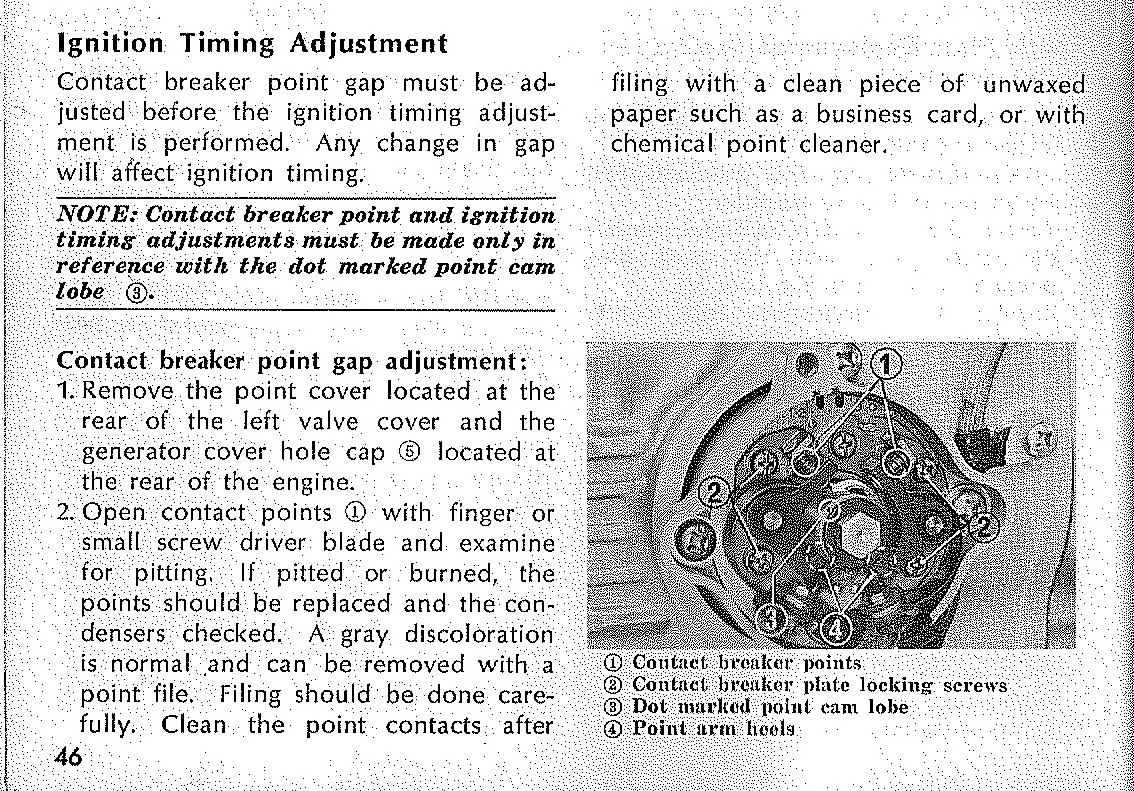
From there, the two approaches diverge.
For the tuner, the electronics on the Gold Wing are
confined to breaker points which are in practice, despite
appearances, quite benign to set up.
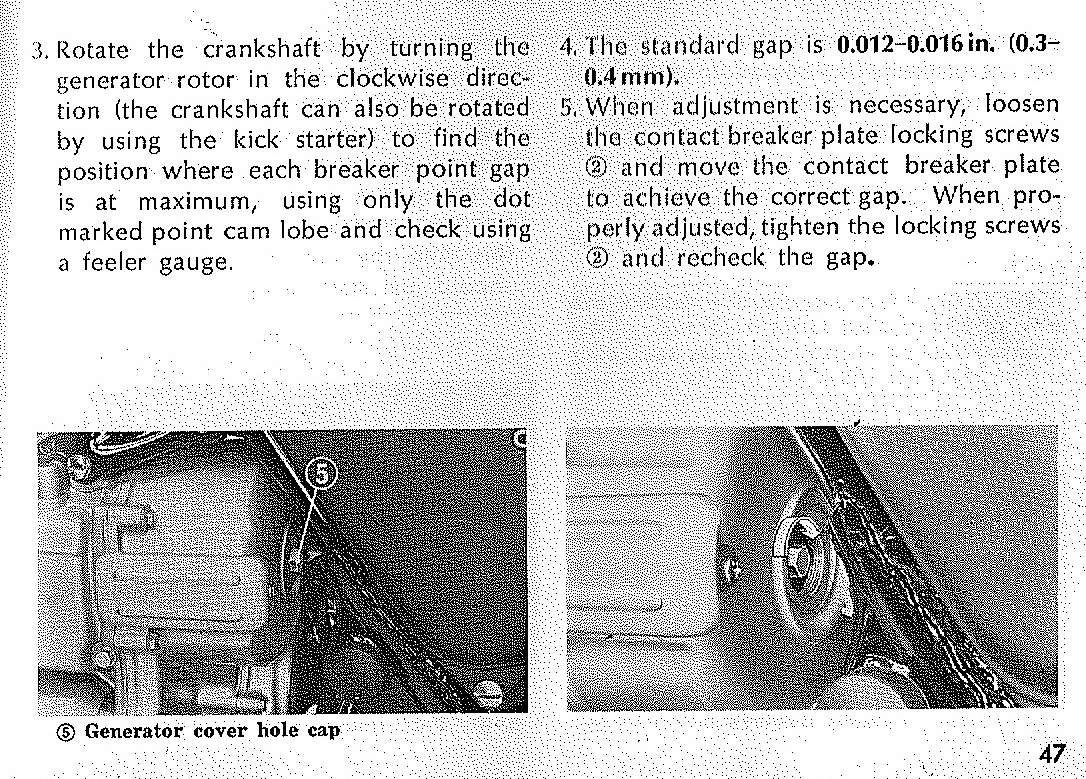
The briefing covers adjustment and static
timing, without getting into dynamic timing.
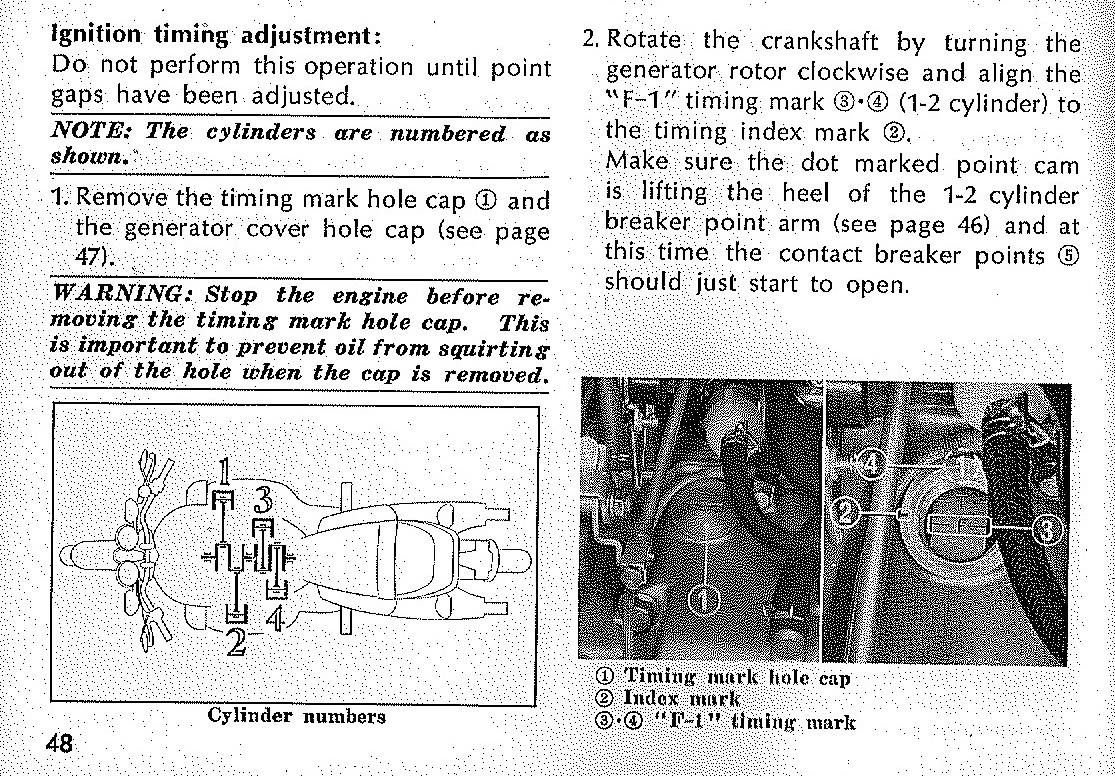
We're talking of an era when it was
expected the manufacturer would provide comprehensive
tuning and servicing guidance, even if the owner had no
intention of getting their hands dirty. Some did, most
probably didn't.
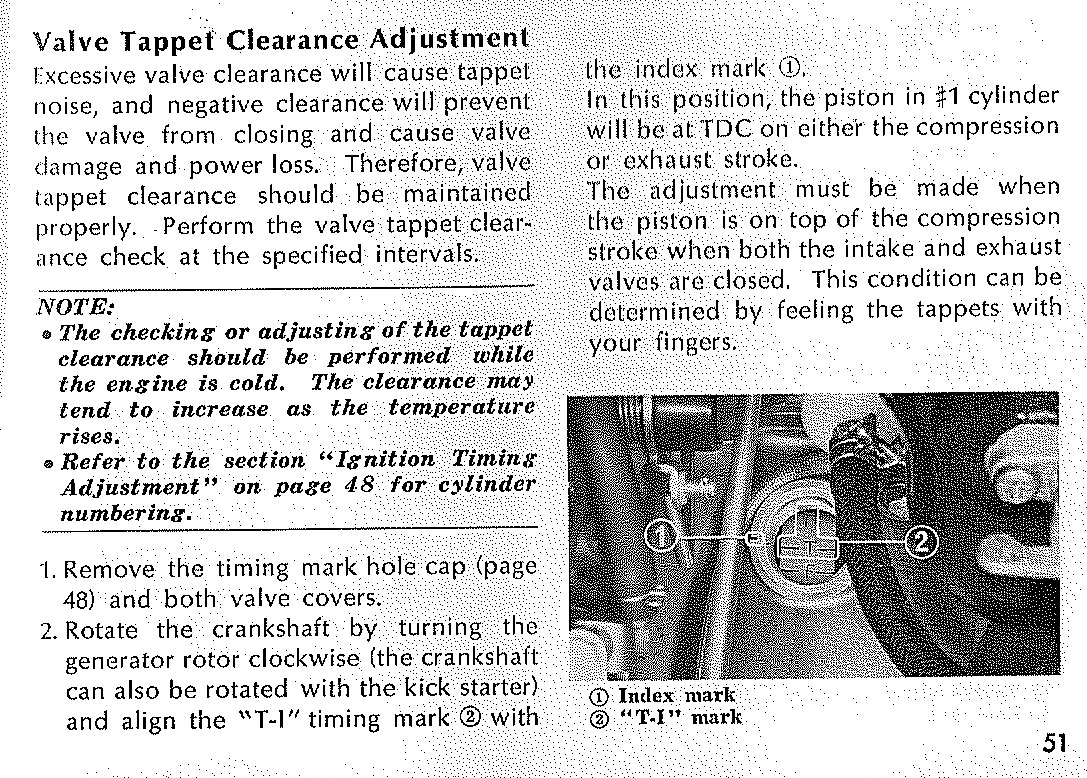
For those determined to take the DIY
path, there is a decent guide on how to do the valve-lash
adjustment which is by screw and locknut.
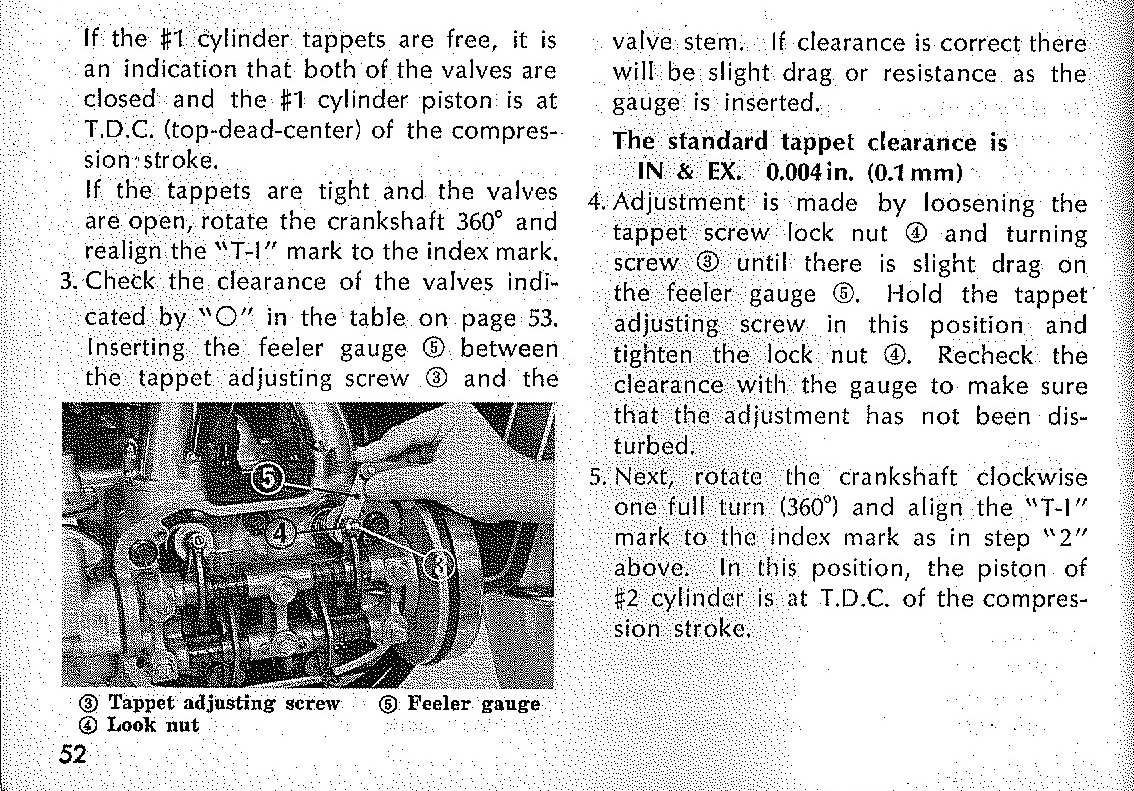
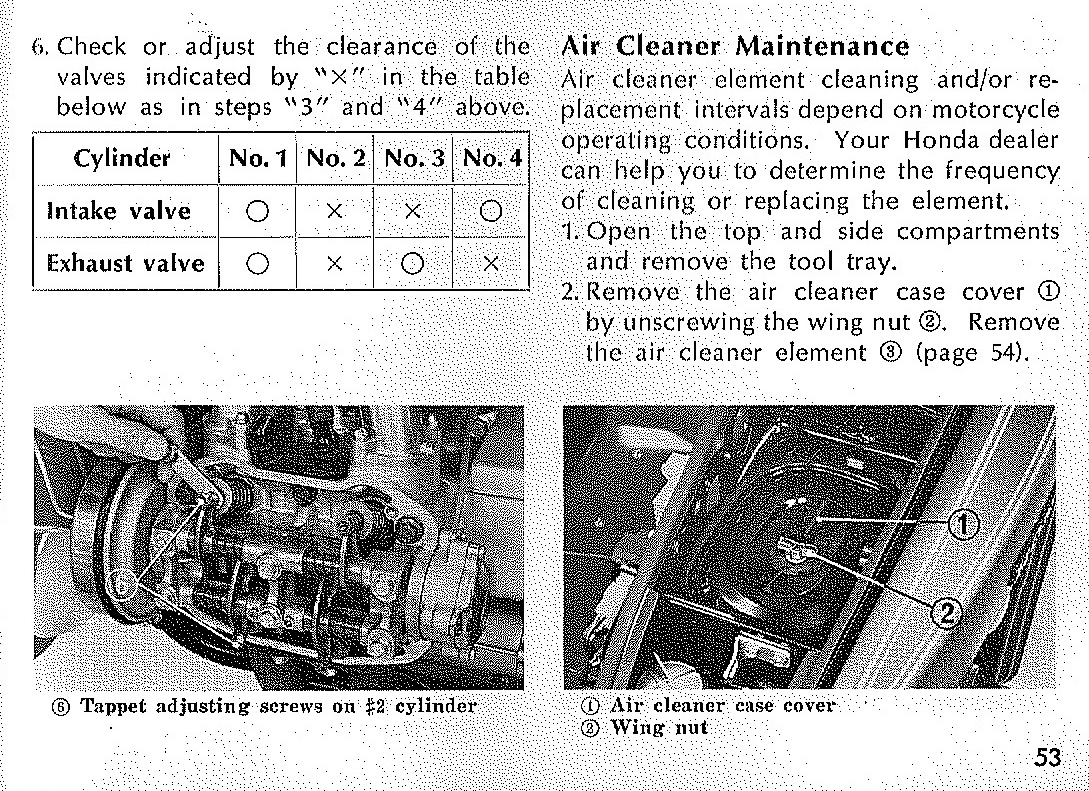
Despite the wealth of information
offered by the owner manuals of the day, this was a
period when aftermarket workshop manual giants such as
Clymer and Haynes were making their fortunes, selling
to people who wanted more info for a rebuild or who
had ended up with a bike without the original guide.
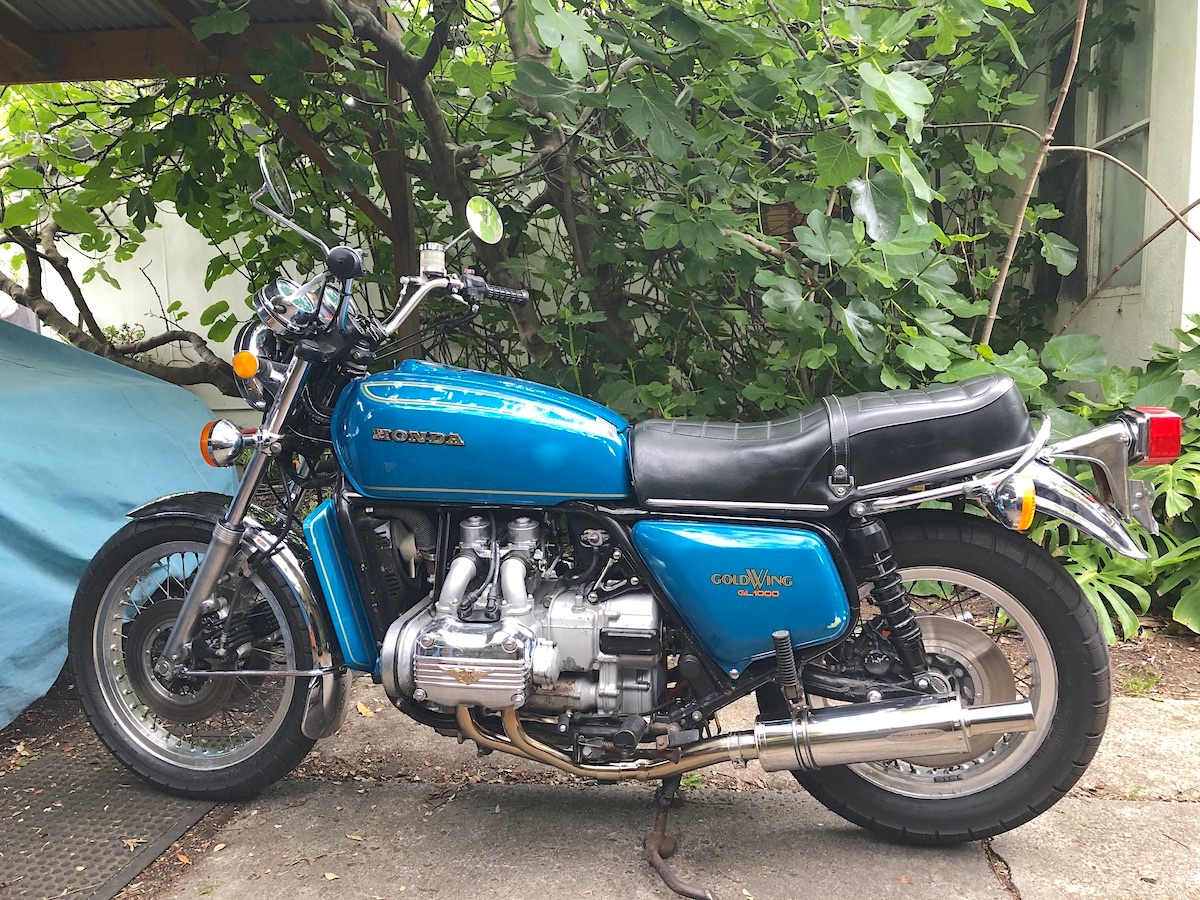
While I have a workshop manual for the
Gold Wing (it's around here somewhere...), the owner
manual is very welcome. That's because out of
necessity it has to be concise and focus on what you
might need day-to-day. Virtues that are, I suspect,
often underestimated.
More to come...
-------------------------------------------------
Produced by AllMoto abn 61 400 694 722
Privacy: we do not collect cookies or any other data.
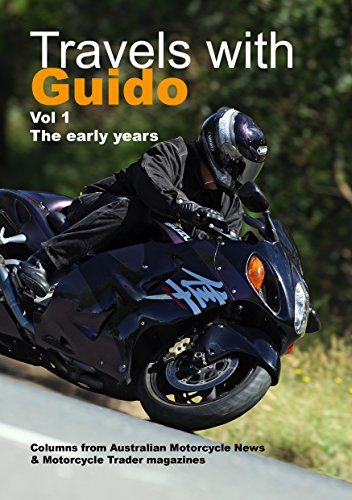
Archives
Contact




